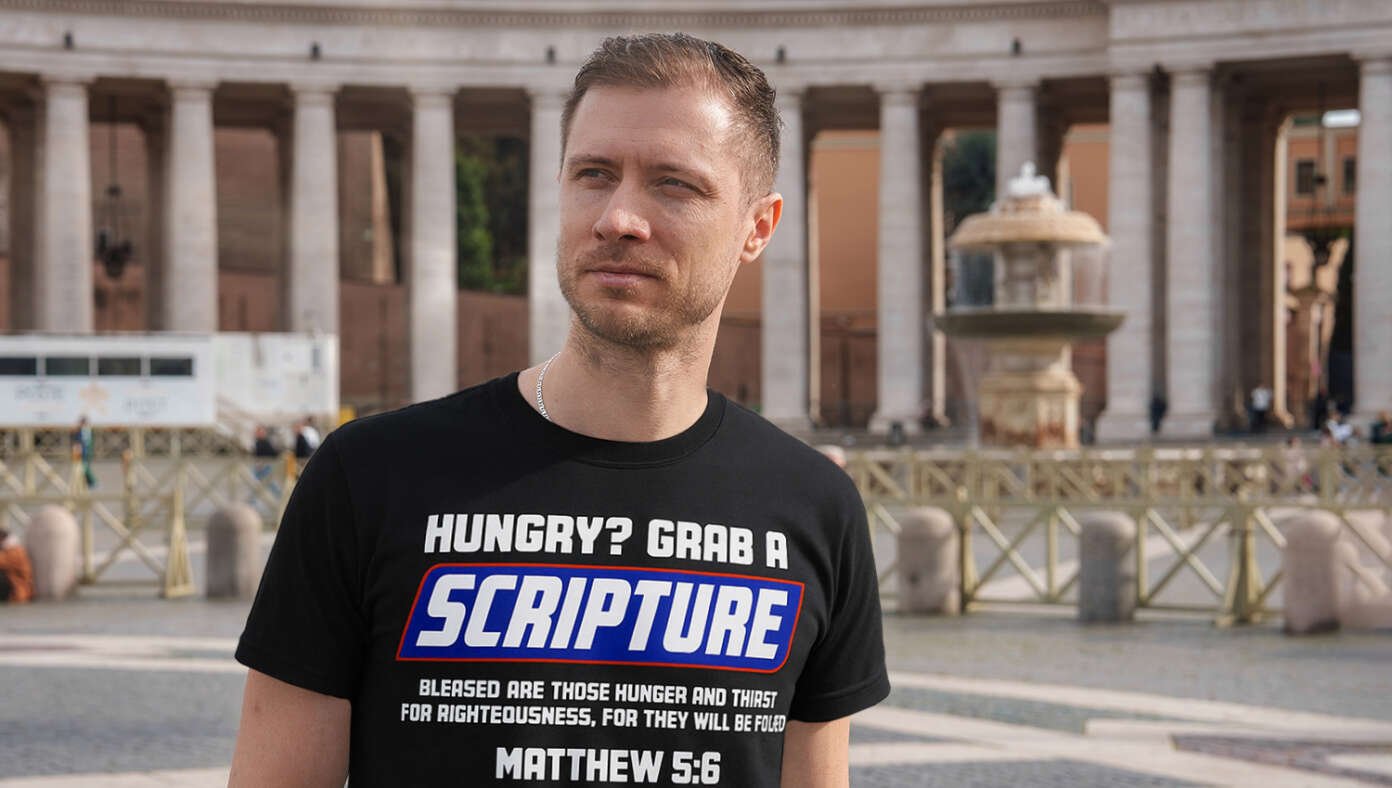
COSTA MESA, CA — A local Christian man was confident that he was likely the cause of periodical resounding celebrations in Heaven, as he proudly fulfilled the Great Commission by occasionally wearing novelty Christian T-shirts in public.
Read More
COSTA MESA, CA — A local Christian man was confident that he was likely the cause of periodical resounding celebrations in Heaven, as he proudly fulfilled the Great Commission by occasionally wearing novelty Christian T-shirts in public.
Read More
New York City mayoral candidate Zohran Mamdani’s viral bench press exhibition has gotten everyone talking about the importance of fitness — no matter what your political affiliation may be. But are there exercises even liberals can do?
Read More

NASA’s X-59 quiet supersonic research aircraft sits on the ramp at sunrise before ground tests at Lockheed Martin’s Skunk Works facility in Palmdale, California, on July 18, 2025. The X-59 is the centerpiece of NASA’s Quesst mission to demonstrate quiet supersonic flight.
Read More